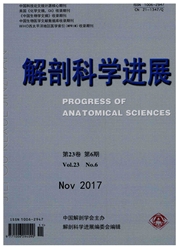

 中文摘要:
中文摘要:
最近有研究通过直接重编程的方法,采用心脏特异的转录因子和miRNA的不同组合形式,成功地将人和小鼠成纤维细胞转化为心肌样细胞,这些细胞具有与心肌相似的基因表达模式和肌节结构,甚至有少量可以跳动的细胞。直接心肌细胞重编程可将心脏原位成纤维细胞转换成有功能的心肌细胞,成为心血管再生医学的一个全新的方法。该文综述了小鼠和人类成纤维细胞在体内、外直接重编程为心肌细胞研究的发展和现状,对其研究价值、重编程方法、研究过程中的教训、存在的问题及采用这些方法获得的细胞的启示与不足进行了比较分析。
 英文摘要:
英文摘要:
Recently functional cardiomyocytes can be generated directly from fibroblasts using several combinations of cardiac transcription factors or microRNAs in mouse and human. The cells have similar global cardiac gene-expression patterns with cardiomyocytes, and some of them have sarcomere formation and spontane- ous contraction. Direct cardiomyocyte reprogramming potentially offers an attractive strategy to cardiovascular re- generative medicine by converting cardiac fibroblasts into functional cardiomyocytes in situ. This paper reviews the new research progress of direct reprogramming of mouse and human fibroblasts into cardiomyocytes in vitro and in vivo, and discusses value and method of direct cardiac reprogramming. The unsolved problems and further research direction in this new approach are also discussed in this review.
 同期刊论文项目
同期刊论文项目
 同项目期刊论文
同项目期刊论文
 期刊信息
期刊信息
